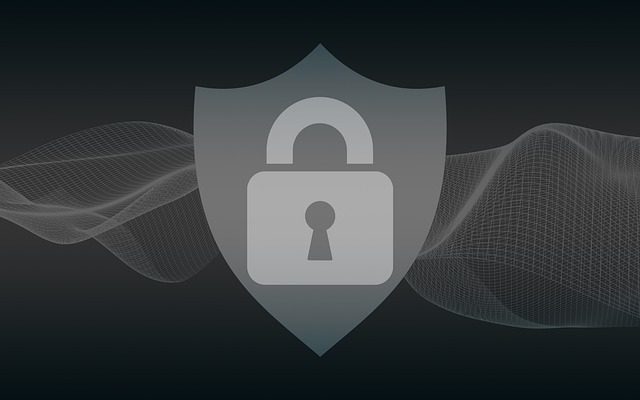
Zero Trust Network Access (ZTNA) is a security model that requires strict identity verification for every user or device trying to access a network or application. This model assumes that every request is a potential threat, and it requires authentication and authorization for all users, devices, and applications.
Unlike traditional security models that rely on perimeter-based security, It is designed to secure access to applications and resources within the network, regardless of the user’s location or device type. ZTNA is an evolving security concept that is gaining traction in the cybersecurity industry as organizations seek to secure their networks against increasingly sophisticated cyber threats.
Background and History of ZTNA
ZTNA is a relatively new security model that has emerged in response to the changing threat landscape and the growing adoption of cloud-based technologies. The concept of Zero Trust was first introduced by John Kindervag, a former principal analyst at Forrester Research, in 2010. He argued that traditional security models were no longer effective in protecting against cyber threats and that a new approach was needed. Since then, the concept of Zero Trust has gained traction, and ZTNA has emerged to implement the Zero Trust model in practice. Today, it is considered one of the most effective ways to secure remote access to networks and applications, especially in the age of cloud computing, mobile devices, and remote work.
Traditional security models have relied on perimeter-based security, which assumes that threats can be kept outside the network by securing the perimeter. However, this approach has become increasingly ineffective in the face of advanced persistent threats (APTs) and insider threats.
The Zero Trust security model, on the other hand, assumes that every request is a potential threat and requires strict authentication and authorization for every user, device, and application. The principles of Zero Trust include least privilege access, network segmentation, continuous monitoring, and micro-segmentation. These principles ensure that access to resources is limited to what is necessary and that any potential threats are detected and contained quickly.
ZTNA, or Zero Trust Network Access, provides a more secure approach to accessing sensitive data and applications before granting access. This reduces the risk of a data breach, in this case, ZTNA minimizes the damage attackers can cause.
ZTNA vs VPN
While both ZTNA and VPNs provide secure remote access to networks and applications, there are significant differences between the two approaches. VPNs rely on network-level access controls, it uses a user- and application-centric approach.
VPNs typically require all traffic to be routed through a central gateway, ZTNA allows for direct connections to specific applications. VPNs can also be more difficult to manage and scale, while ZTNA offers more flexibility and can be deployed more easily in cloud environments.
Also, unlike VPNs, which often require complex and time-consuming installations, ZTNA solutions can be easily integrated into existing infrastructure, making it a cost-effective and efficient option for organizations of all sizes. ZTNA also provides greater visibility and control over user access and behavior, allowing administrators to identify and mitigate potential threats more quickly and effectively. Overall, while VPNs can be a useful tool for securing remote access, the limitations of their network-level approach make them less effective than ZTNA for securing modern networks and applications, particularly in the context of cloud computing and mobile devices.
Advantages of ZTNA
ZTNA suggests several advantages over traditional security models, including improved security, reduced risks, and increased flexibility. By requiring strict authentication and authorization for every user, device, and application, ZTNA reduces the risk of unauthorized access and data breaches. It also allows organizations to segment their networks and applications, making it easier to manage access and reduce the attack surface. Unlike traditional VPNs, ZTNA does not require all traffic to be routed through a central gateway, which can result in improved network performance and reduced latency.
In addition to the benefits mentioned above, ZTNA also offers enhanced scalability and ease of deployment, making it an attractive option for organizations of all sizes. With ZTNA, administrators can easily manage access and control privileges on a per-user, per-device, and per-application basis, streamlining the management process and reducing administrative overhead.
Furthermore, ZTNA can be quickly deployed in cloud environments, making it ideal for organizations that are rapidly scaling and need to support remote workers or mobile devices.
Finally, ZTNA can be integrated with existing security tools and frameworks, providing organizations with a layered security approach that can help to mitigate risk and prevent data breaches. Overall, the benefits of ZTNA make it a compelling solution for organizations looking to improve their security posture and protect their valuable assets and data.
Conclusion
ZTNA is a powerful security model that offers several advantages over traditional security approaches. By implementing the Zero Trust model and requiring strict authentication and authorization for every user, device, and application, organizations can reduce the risk of unauthorized access and data breaches. ZTNA is still a relatively new concept, but it is gaining traction in the cybersecurity industry, and many organizations are adopting ZTNA solutions to secure their networks and applications. As the threat landscape continues to evolve, it is likely that ZTNA will become even more important in securing remote access to networks and applications, especially in the age of cloud computing, mobile devices, and remote work.
As ZTNA solutions continue to develop and mature, we can expect to see more widespread adoption of this security model. ZTNA is likely to evolve and adapt to meet new security challenges and threats, such as those posed by the Internet of Things (IoT) and other emerging technologies.
It represents a significant shift in the way we think about network security, and it has the potential to revolutionize the way we secure our networks and applications in the years to come. Organizations that adopt ZTNA solutions can benefit from improved security, and make it a smart investment for any business looking to protect its valuable assets and data.